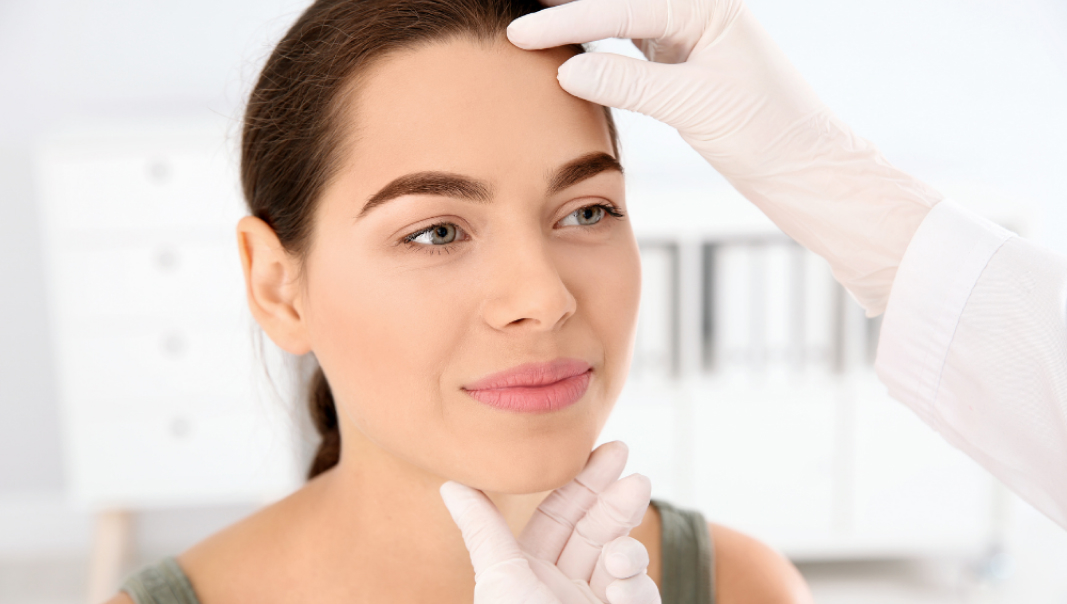Skin bumps can appear for a variety of reasons—ranging from harmless conditions like milia or skin tags to more concerning issues like cysts, lipomas, or even early-stage skin cancers. Whether they are cosmetic nuisances or signs of something more serious, bumps on the skin often prompt people to seek professional care. Fortunately, dermatologists are highly trained to diagnose and treat a wide spectrum of skin issues, including the removal of bumps.
In this blog, we explore the causes of skin bumps, the methods used for removal, and why consulting a dermatologist is the safest and most effective option.
Common Types of Skin Bumps
Skin bumps can differ in size, color, texture, and origin. Some of the most commonly seen types include:
-
Acne cysts and nodules
-
Milia (small white bumps)
-
Skin tags
-
Sebaceous cysts
-
Lipomas (soft fatty lumps under the skin)
-
Warts
-
Dermatofibromas
-
Keratosis pilaris
Each of these has its own cause, such as clogged pores, viral infections, or overgrowth of skin cells or fat. Some may go away on their own, but others can persist or grow, requiring professional removal.
Why See a Dermatologist for Skin Bumps?
While over-the-counter creams and home remedies are tempting, they may not always be effective—and in some cases, they can even worsen the problem. A dermatologist can properly assess the bump through clinical examination and, if necessary, a biopsy to rule out serious concerns.
If you’re looking for the right expert, the best dermatologist in Islamabad can offer personalized assessment, advanced diagnostic tools, and safe treatment techniques tailored to your skin type and condition. Their professional insight ensures not only the removal of bumps but also prevention of recurrence or scarring.
Dermatological Methods for Removing Bumps
Depending on the diagnosis, dermatologists use several safe and efficient methods to remove skin bumps. These include:
-
Cryotherapy: Freezing the bump using liquid nitrogen, commonly used for warts.
-
Electrocautery: Burning off the bump using electric current.
-
Excision: Surgically cutting out the bump under local anesthesia.
-
Laser therapy: Precise removal with minimal scarring, especially for vascular or pigmented bumps.
-
Drainage and extraction: For cysts or acne nodules.
Each procedure is typically performed in a clinic and takes only a few minutes to complete. Most patients can return to their daily routine the same day, with little to no downtime.
Are These Procedures Safe and Effective?
Yes, bump removal procedures done by dermatologists are generally safe and produce excellent cosmetic results. Dermatologists follow strict sterilization and post-care protocols to minimize any risk of infection or scarring. For bumps that recur, follow-up appointments and long-term skin care plans may be advised.
It’s important to remember that while bumps might seem harmless, self-treatment can lead to infections or incorrect diagnosis. For example, mistaking a skin cancer lesion for a simple mole or cyst can delay crucial treatment. Hence, medical evaluation is key.
When Should You Seek Help?
If a bump changes in size, shape, or color, becomes painful, bleeds, or does not go away after several weeks, it’s time to consult a professional. Likewise, if a bump affects your self-esteem or causes discomfort, dermatological intervention is a reliable solution.
Conclusion: Trust the Experts
Whether your concern is cosmetic or medical, dermatologists provide comprehensive solutions for bump removal using evidence-based methods. Consulting a skin expert is the safest way to restore your skin’s appearance and health.
If you are looking for trusted care and advanced dermatological treatments in the capital, consider consulting with the team at Royal Cosmetic Surgery PK. Their experienced specialists offer tailored solutions for all skin concerns—from minor bumps to complex skin conditions.
